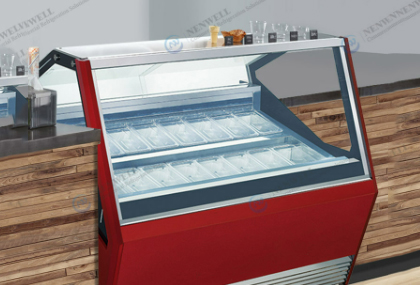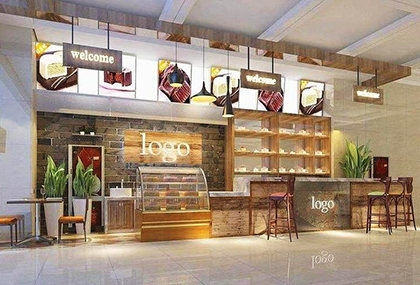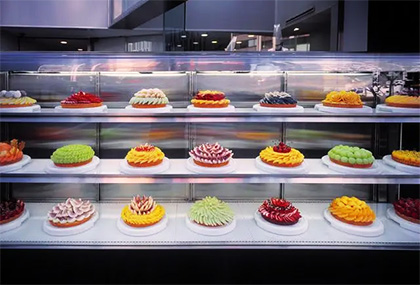Looking back at the inventory renewal driven by the refrigerator industry model in 2024
Under the dual role of consumption upgrading and policy dividends, the commercial refrigerator market will experience significant structural changes in 2024. The policy tool with "trade-in" as the core not only activates the demand for renewal in the stock market, but also accelerates the transformation process of the industry to high-end, intelligent and scene-based.
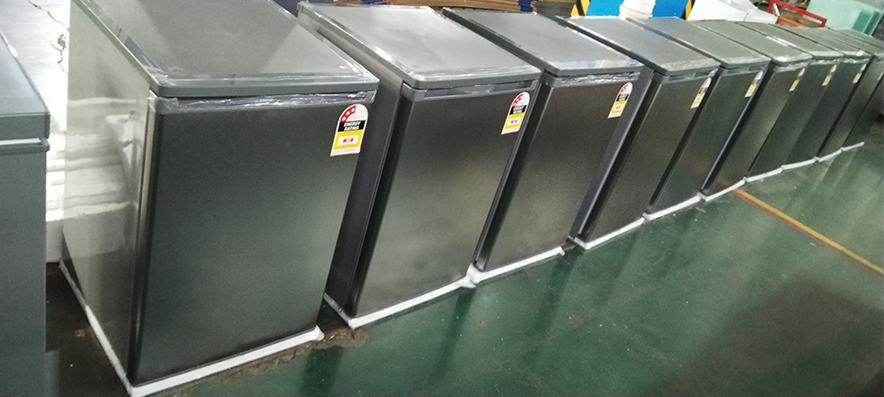
Ⅰ, dividends activate the existing market
Since the second quarter of 2024, the policy of trade-in of home appliances has gradually been implemented, becoming the core driving force for the growth of the refrigerator market. According to GfK data, the retail sales of domestic refrigerators increased by 5.7% year-on-year in the first quarter, and the retail sales exceeded 25.70 billion yuan, an increase of 3.7% year-on-year. The annual output reached 104 million units, an increase of 8.3% year-on-year, a record high. The Household Appliances Association estimates that the number of domestic refrigerators has exceeded 500 million units, and the demand for replacement in the next five years is expected to reach 30 million - 39 million units, of which direct cooling, fixed frequency and small capacity models account for more than 80%, becoming the key replacement object driven by the policy.
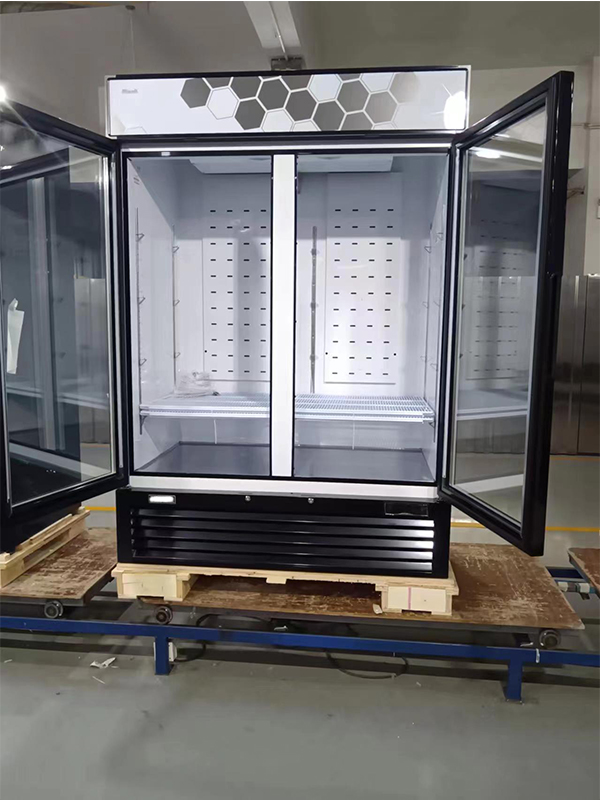
The effect of policy implementation is particularly significant in the regional market. Hainan Xinxing Electric Appliances promoted the sales growth of flat embedded products through the double line of old and new; during the Spring Festival in Beijing, Guangdong and other places, the sales of home appliances replaced exceeded 1.50 billion yuan. According to the data of the Ministry of Commerce, by the end of 2024, the national trade-in drove the sales of home appliances over 239 billion yuan, and the proportion of first-class energy efficiency products exceeded 90%.
Ⅱ, the product structure is transitioning to high-end
Consumer upgrades and technology iterations together drive refrigerator products to upgrade in the direction of "high quality and scene-based". Embedded refrigerators have become the biggest bright spot. In 2024, the proportion of online retail sales will increase to 10.4%, and offline will reach 15.2%, with a year-on-year growth rate of over 8 percentage points. The 58cm ultra-thin flat-panel refrigerator launched by TCL integrates dual-system three-cycle technology; Haier's full-space smart fresh-keeping cabin realizes food management through AI interaction, confirming consumers' dual needs for "home integration" and "healthy fresh storage".
Large-capacity, multi-door designs continue to be popular, with online and offline shares of models above 600L reaching 19.2% and 28.2% respectively. At the same time, the satisfaction rate of new-level energy efficiency products reached 85 points, and the energy-saving effect was highly recognized. Satisfaction with intelligent functions such as food management and APP control exceeded 86 points, marking the leap from "functional" to "intelligent" refrigerators.
Ⅲ,Reshaping the market competition landscape
Top brands seize the high ground through technological innovation and scene-based layout. Haier leads the market with a 43.4% market share, and Casa Diping's nested system sales surge by 98% year-on-year; Midea COLMO launched AB double-cabinet free-combination refrigerators, and Toshiba 548 White Pearl was listed for two months and reached the top of the joint venture French refrigerator sales of more than 8,000 yuan. Rongsheng led the formulation of the "Embeddable Independent Household Refrigerator" industry standard, and its double-net flat-insert series hot-selling drove the mid-to-high-end share to increase by 1.1 percentage points.
The regional market differentiation is obvious, and offline channels are more favored by high-end users due to experience advantages. The average offline price of 7,172 yuan increased by 5.67% year-on-year, and the price difference with online prices further expanded. Enterprises accelerate the layout of lower-tier markets and tap the consumption potential of counties through channel optimization and service upgrades.
Ⅳ. Future Outlook: Policy Continuation and Technological Deepening
Entering 2025, the trade-in policy of home appliances will continue to up the ante, the subsidy category will be expanded to 12 categories, and the digital subsidy of mobile phones will be superimposed, which is expected to further release consumption momentum. The industry needs to face user pain points, optimize sales and installation service experience, and deepen technological innovation: from AI preservation to ultra-thin zero embedding, from green energy saving to intelligent interaction, product iteration will focus on the three dimensions of "health, scene and efficiency".
Wang Lei, secretary-general of the China Household Appliances Association, pointed out that the refrigerator industry has entered the era of "user request + core technology" two-wheel drive. Enterprises need to focus on users and achieve "two-way running" through product innovation and service upgrades in order to break through the stock competition and open a new chapter of high-quality growth.
Most popular more «
-
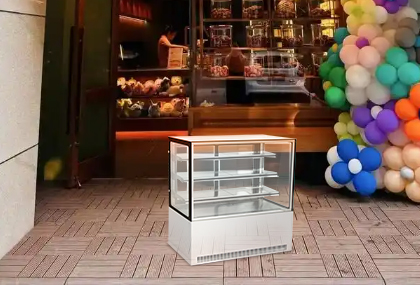
Advantages of the Right - angled Table - top Cake Cabinet
-
A Comprehensive Review of Ice Cream Display Cabinet Brands Worth Referring To
-
What does the customized cake cabinet fee consist of?
-
Why isn't the smart refrigerator smart enough?
-
What changes does China-EU cooperation bring to the industry economy?
-
Is the Commercial Display Cabinet Market Saturated?
-
Analysis of the Impact of Tariffs on Showcase Exports
-
Which links in the refrigeration industry chain are greatly affected?
-
How to identify whether the material of the cake display cabinet is real 304 stainless steel?
-
Ice Cream Freezer Maintenance Tips: Daily Cleaning, Deep Care & Common Issues Solved





